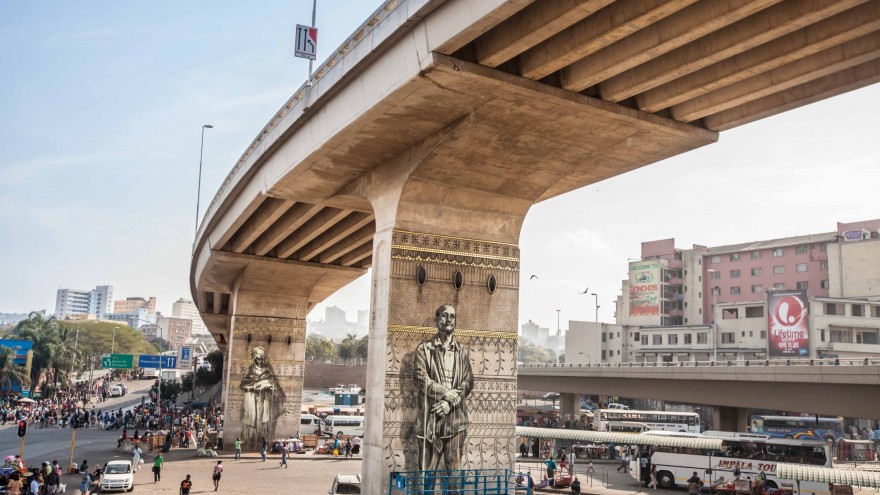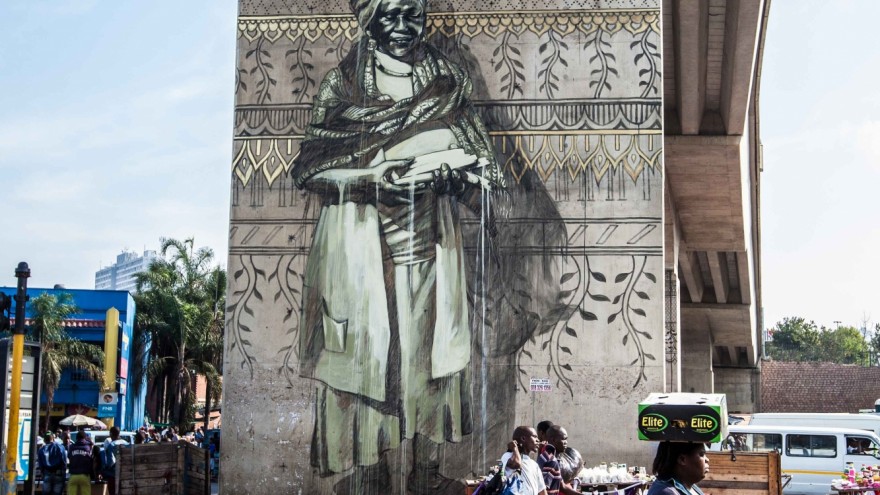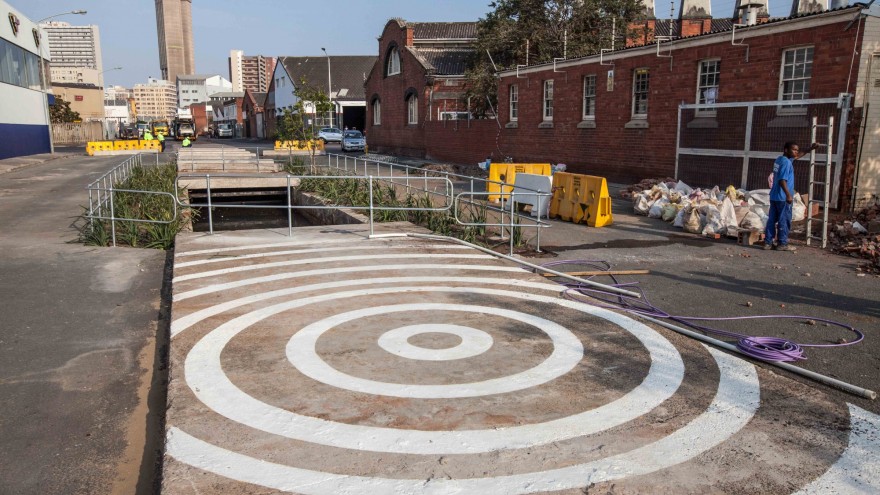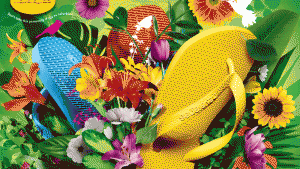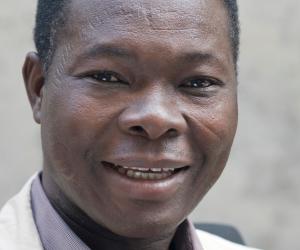From the Series
Shortly after his keynote lecture at the 25th world congress of the International Union of Architects (UIA), held in Durban last week, architect Diébédo Francis Kéré asked his colleague, Norwegian architect Kjetil Thorsen, a very public question on stage. “How do you keep getting this high quality?”
Thorsen, whose Oslo practice Snøhetta designed the sumptuous Bibliotheca Alexandrina cultural centre in Egypt, responded by first complementing Kéré on his own work.
“Young architects, did you hear that?” remarked Kéré to his large audience, prompting wild applause. “Please go back to your roots,” continued Kéré, still addressing the enraptured audience. “Try to do something at home, in a small space. You will see that suddenly great architects will see your projects. Don’t wait!”
Kéré, who first met Thorsen when a primary school he designed in his native Burkina Faso won an Aga Khan Award for Architecture in 2004, was not the only architect to emphasise the virtues of architectural modesty at the triennial congress – incidentally the first time a sub-Saharan African city has hosted a UIA congress.
Many speakers at UIA2014, which drew 4 500 delegates from 96 countries, showcased small-scale design interventions from across the continent.
They included Franck Houndégla, a multi-disciplinary French designer of African ancestry whose work with the French agency Liaisons Urbaines is focussed on redeveloping public spaces in African cities. He showcased three small-scale projects, including one set in a marketplace in Benin’s second-largest city, Porto-Novo. Working with Liberian-born architect Francis Sessou and a team of local Porto-Novo craftsmen and artisans, Houndégla supervised the construction of an unpretentious trading structure that mimicked the modest volumes and lines of the old informal market.
Houndégla explained how in many African cities, public spaces – “outdoor spaces for common use,” as he qualified the term’s meaning in Africa – have fallen into neglect, despite often being the most used spaces. Overhauling them is typically a massive undertaking.
Houndégla, working with the French design and development agency Liaisons Urbaines, has refined a site-specific practice that is both inexpensive and quick. Collaboration is key, he explained, his projects inviting the input of local bricklayers and masons as much as architects and furniture designers.
A similar working method typifies the practice of 26'10 south Architects, a Johannesburg firm led by Thorsten Deckler and Anne Graupner. Deckler, who was born in Namibia, was a lively participant at UIA2014. He wholly embraced the congress theme of “architecture otherwhere” in a presentation that focussed on two Gauteng informal settlements, Ruimsig and Marlboro South.
Deckler’s talk was very much aimed at showing that it is possible to think and work past traditional antagonisms – between client and architect, citizen and state, architect and public officials – and establish opportunities for collaboration and engagement at the community-level.
Rahul Mehrotra, a Mumbai architect and professor of urban design and planning at the Harvard Graduate School of Design, similarly tooled his fast-paced and warmly received presentation to showcase small-scale interventions in impoverished urban environments.
You can also act on the micro-level, insisted Mehrotra while discussing his Mumbai practice’s attempts to create dignified sanitation.
That these interventions occasionally fail is important to show, he added: “Sometimes we have to celebrate our failures.”
Modesty, while important as a concept, was not the only theme to emerge from the congress. Human dignity and the need to clarify the African debate around built forms also emerged as two key themes. Speaking at UIA2014, Edgar Pieterse, director of the African Centre for Cities at the University of Cape Town, highlighted the importance of African architects defining the continent’s transition agenda.
UIA2014, he said, offered a forum to “clarify what the global and intercontinental conversation should be, but also what the priorities for us as South African and Africans are as we go through the transition of the next two or three decades”.
Visiting Cameroonian architect Jean-Jacques Kotto agreed. Kotto is executive director of the Higher Special School of Architecture of Cameroon, this central African state’s first university of architecture. Based in Yaoundé, the privately owned university opened in 2010 with one classroom and predictions of its certain demise. It now boasts five classrooms and a visiting faculty of mostly French architectural professors.
Kotto was heartened by UIA’s decision to hold a congress in a sub-Saharan city. “Sometimes people don’t understand the reality of our continent, the reality of where we practice,” he remarked. That concern was decisively put to rest, Durban emerging as a capable host city with an important story to tell the world.

